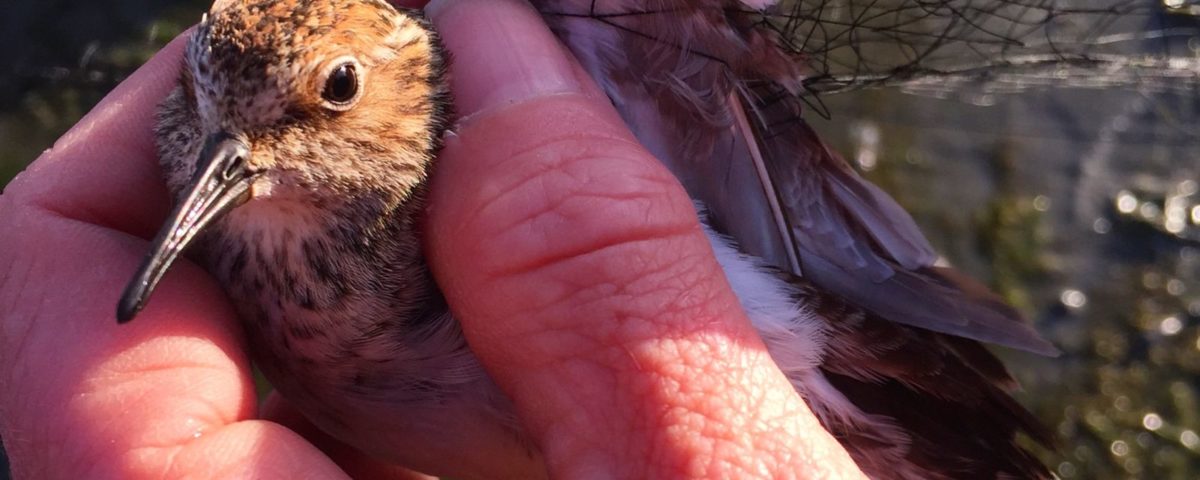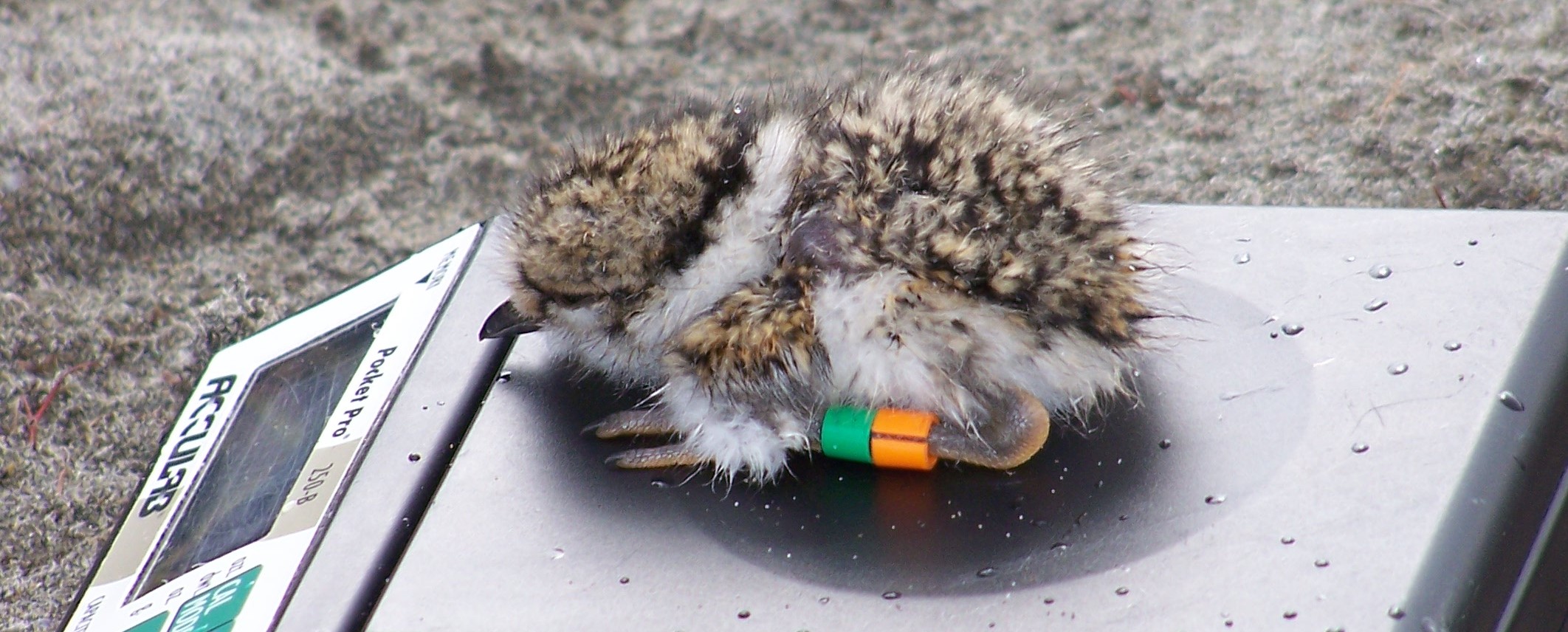Disease susceptibility and fitness costs in shorebirds

PROJECT
Disease susceptibility and fitness costs in shorebirds
Background
Shorebirds can perform spectacular, long-distance migrations that connect hemispheres and are highly gregarious at stopovers along their migration routes. Their unique migration ecology also makes shorebirds an important host for long-distance movement of infectious diseases, such as avian influenza and bacterial pathogens. Understanding the interaction between disease burden, physiological stress due to migration, and long-term population declines of shorebirds is of direct relevance to conservation efforts given these factors may have unpredictable or synergistic effects. The goal of this study is to understand the exposure of Alaskan shorebirds to infection with avian influenza (aka “bird flu”), and whether fitness costs are magnified during periods of increased physiological stress, such as migration. One of the most important shorebird stopover locations in North America is the Copper River Delta, where as many as 5 million shorebirds stop to rest and refuel on the expansive tidal mudflats. By sampling least sandpipers (Calidris minutilla), western sandpipers (C. mauri), and semipalmated plovers (Charadrius semipalmatus) at the Copper River Delta during spring migration, our study targets an important migratory bottleneck for shorebirds that breed in western Alaska and migrate as far south as Peru. Therefore, the health of this shorebird population represents a cross-section of migrants originating from a large geographic area.
Methods
Migrating shorebirds are captured using mist nets on the tidal mudflats of Hartney Bay (5 miles outside of Cordova) during the stopover period in early May. Birds are measured, banded, and weighed and swabs and blood samples are collected and tested for avian influenza. Bird counts are performed to identify the timing of peak migration which, coupled with prevalence data, can be used to characterize the demographic drivers of influenza transmission. In addition, shorebird physiology (body condition), immunology (antibodies, blood parameters), and behavior (resights of banded birds) will be investigated to identify sub-lethal effects associated with influenza infection.
What we will learn
Our findings will increase understanding of the threats facing Alaskan shorebirds by characterizing infectious pathogens and their effects on individuals over short (single migration event) and long (inter-annual) time scales. In contrast to the mass migration of shorebirds at Delaware Bay, little is known about what drives prevalence peaks in Alaskan population. Along the northern Pacific coast, food availability is less seasonal and factors such as milder winters influencing productivity and heightened inter-species interactions due to habitat loss are expected to play a more prominent role in explaining epidemics. We will also examine the risk of spillover transmission between shorebirds and other avian species (wild and domestic) and identify potential spillover hot spots. Results from this study could also be incorporated into risk assessment of species, ages, and times of the year associated with outbreaks, aiding local and federal agencies tasked with the control and prediction of wildlife epidemics.
[Photo Credit: Arlene Rosenkrans]
PRINCIPAL INVESTIGATORS
Mary Anne Bishop, Ph.D.PWS Science Center
Mbishop@pwssc.org
Nichola Hill, Ph.D.
Tufts University
Nichola.Hill@tufts.edu
Jonathan Runstadler, Ph.D.
Tufts University
Jonathan.Runstadler@tufts.edu




